Blog for anything 1900s to 1940s, including aesthetics & period pieces.Follows from: @kayhowards
Don't wanna be here? Send us removal request.
Text
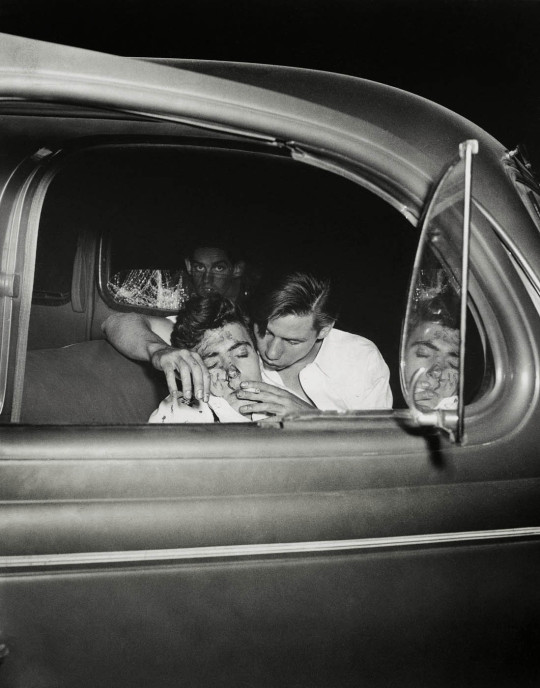
Weegee (American, 1899-1968) Untitled [Young man smoking cigarette in crashed car while waiting for ambulance, New York] 1941
7K notes
·
View notes
Photo
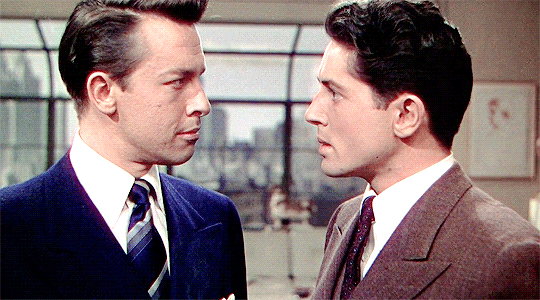
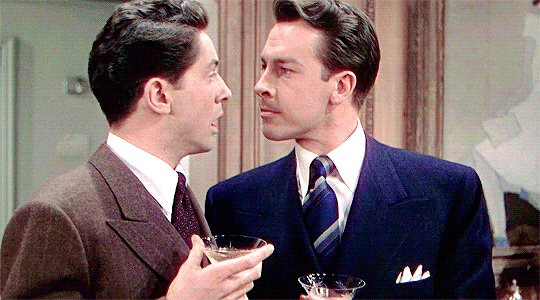
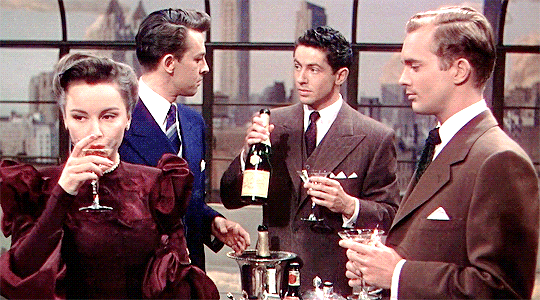
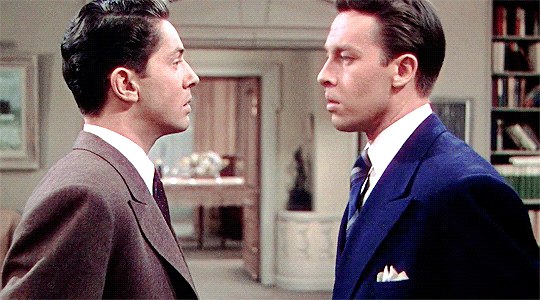
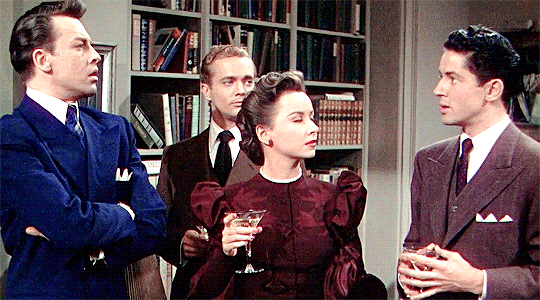
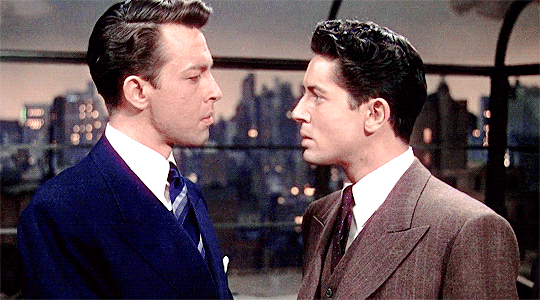
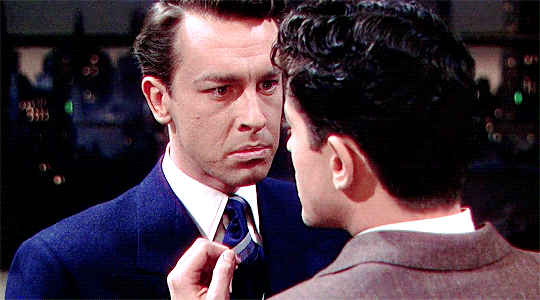
Brandon and Phillip + Silent Communication in Rope (1948) dir. Alfred Hitchcock
599 notes
·
View notes
Photo




Cary Grant in I’m No Angel (1933) dir. Wesley Ruggles
370 notes
·
View notes
Text


Later Crowe had them taken to the courtyard of the Cook County Jail, just behind the Criminal Courts Building, to view a Willys-Knights automobile believed to be the one rented for the kidnapping. Newsmen and photographers filled the courtyard. Loeb inspected the car but said he could not be sure it was the one. Leopold walked around to the right side of the vehicle and bent down. “Yes, this is the car,” he said, “I know it by these scratched on the front door.”
He agreed to pose behind the wheel, but Loeb refused to climb in the car. “Not with him there,” he said bitterly. Loeb agreed to pose only if he could sit in the driver’s seat.
Excerpt from “The Crime Of The Century” by Hal Higdon
33 notes
·
View notes
Photo
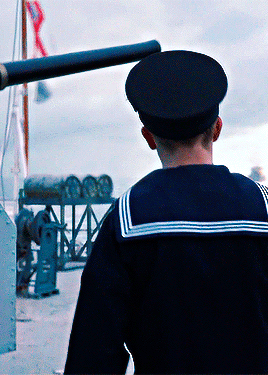



Ewan Mitchell as Tom Bennett in WORLD ON FIRE (2019-) created by Peter Bowker
645 notes
·
View notes
Text

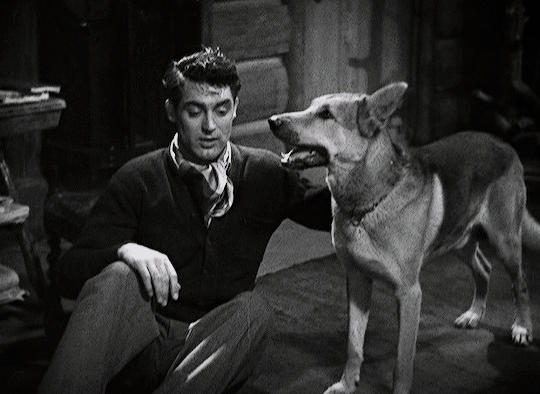

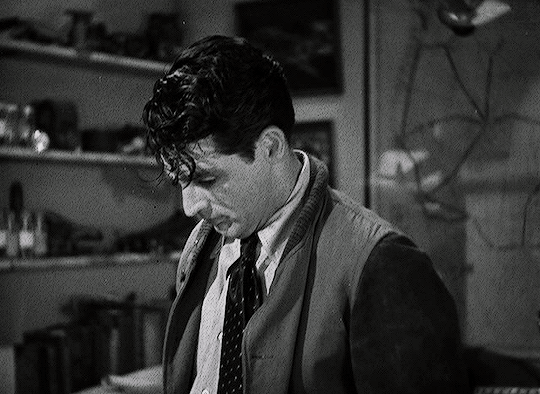
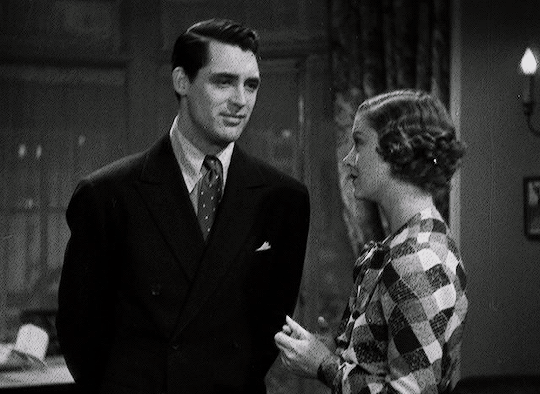
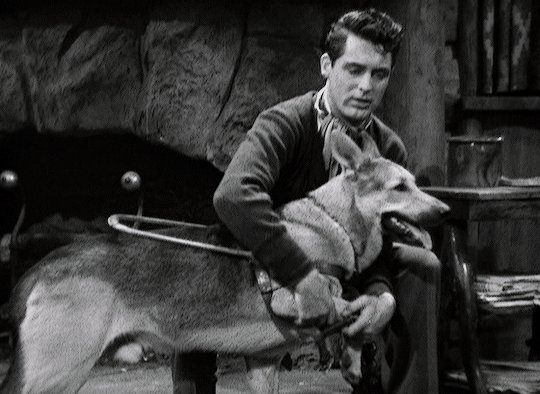
Cary Grant in Wings in the Dark (1935) dir. James Flood
2K notes
·
View notes
Text
"Nazi" is not a catchall for bigotry or White Supremacy. The core "value" of Nazism is the hatred of Jews, and the desire to exterminate all Jews. And Romani as well, let's not forget that, but their #1 target were Jews. Palestinian leaders literally supported Hitler because they wanted to exterminate Jews. And this was before the "Offical" formation of Israel.
You don't get to use "Nazi" as a catchall term for White Supremacy or bigotry.
You don't get to call Jews who want a safe and self-determained country on their ancestral homeland "Zionazis."
You don't get to call Jews defending themselves against actual Nazis (Hamas) and trying to rescue hostages "Nazis."
You don't get to point the finger at Nazis like Elon Musk because he's a Rich White Right-wing Man™️ while supporting Hamas (who are literally far-right extremists) or ignoring other POC who hate Jews.
Nazism is about Jew hatred first and foremost. Acknowledge that or stop using the word!
#fuck nazis#antisemitism#antizionism is antisemitism#antizionism is anti indigenous#jews are indigenous to israel#israel has the right to exist#jews are not white#hamas are not freedom fighters#hamas is a terrorist organization#elongated muskrat#anti trump#anti maga#maga dni#rant#txt
386 notes
·
View notes
Photo




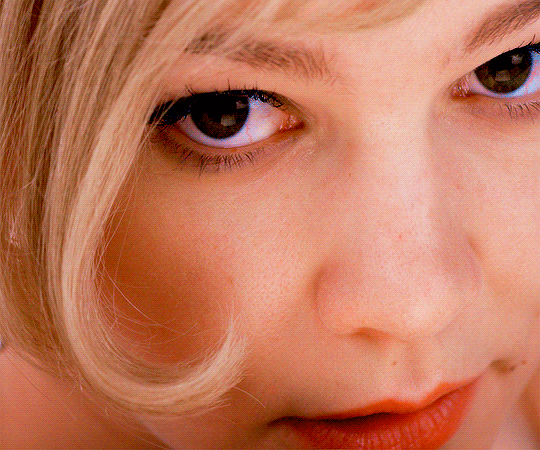
Carey Mulligan as Daisy Buchanan THE GREAT GATSBY (2013) dir. Baz Luhrmann
855 notes
·
View notes
Text
What am I supposed to do with the knowledge that Rope and Valley Of The Dolls are both now in the public domain?!?
#Crossover with The Great Gatsby and Steamboat Willie? 🤨#rope 1948#valley of the dolls#public domain#txt
5 notes
·
View notes
Text
Pop culture reduces It's a Wonderful Life to that last half hour, and thinks the whole thing is about this guy traveling to an alternate universe where he doesn't exist and a little girl saying, "Every time a bell rings, an angel gets its wings." A hokey, sugary fantasy. A light and fluffy story fit for Hallmark movies.
But this reading completely glosses over the fact that George Bailey is actively suicidal. He's not just standing there moping about, "My friends don't like me," like some characters do in shows that try to adapt this conceit to other settings. George's life has been destroyed. He's bankrupt and facing prison. The lifetime of struggle we've been watching for the last two hours has accomplished nothing but this crushing defeat, and he honestly believes that the best thing he can do is kill himself because he's worth more dead than alive. He would have thrown himself from a bridge had an actual angel from heaven not intervened at the last possible moment.
That's dark. The banker villain that pop culture reduces to a cartoon purposely drove a man to the brink of suicide, which only a miracle pulled him back from. And then George Bailey goes even deeper into despair. He not only believes that his future's not worth living, but that his past wasn't worth living. He thinks that every suffering he endured, every piece of good that he tried to do was not only pointless, but actively harmful, and he and the world would be better off if he had never existed at all.
This is the context that leads to the famed alternate universe of a million pastiches, and it's absolutely vital to understanding the world that George finds. It's there to specifically show him that his despondent views about his effect on the universe are wrong. His bum ear kept him from serving his country in the war--but the act that gave him that injury was what allowed his brother to grow up to become a war hero. His fight against Potter's domination of the town felt like useless tiny battles in a war that could never be won--but it turns out that even the act of fighting was enough to save the town from falling into hopeless slavery. He thought that if it weren't for him, his wife would have married Sam Wainwright and had a life of ease and luxury as a millionaire's wife, instead of suffering a painful life of penny-pinching with him. Finding out that she'd have been a spinster isn't, "Ha ha, she'd have been pathetic without you." It's showing him that she never loved Wainwright enough to marry him, and that George's existence didn't stop her from having a happier life, but saved her from having a sadder one. Everywhere he turns, he finds out that his existence wasn't a mistake, that his struggles and sufferings did accomplish something, that his painful existence wasn't a tragedy but a gift to the people around him.
Only when he realizes this does he get to come back home in wild joy over the gift of his existence. The scenes of hope and joy and love only exist because of the two hours of struggle and despair that came before. Even Zuzu's saccharine line about bells and angel wings exists, not as a sugary proverb, but as a climax to Clarence's story--showing that even George's despair had good effect, and that his newfound thankfulness for life causes not only earthly, but heavenly joy.
If this movie has light and hope, it's not because it exists in some fantasy world where everything is sunshine and rainbows, but because it fights tooth and nail to scrape every bit of hope it can from our all too dark and painful world. The light here exists, not because it ignores the dark, but because the dark makes light more precious and meaningful. The light exists in defiance of the dark, the hope in defiance of despair, and there is nothing saccharine about that. It's just about as realistic as it gets.
38K notes
·
View notes
Text
getting teary eyed thinking about gerda gottlieb's paintings of her wife after she transitioned
126K notes
·
View notes
Text
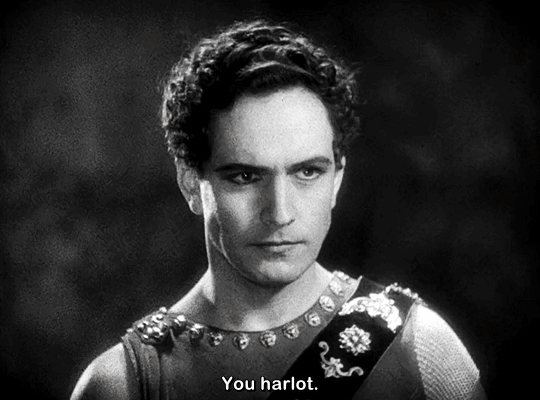
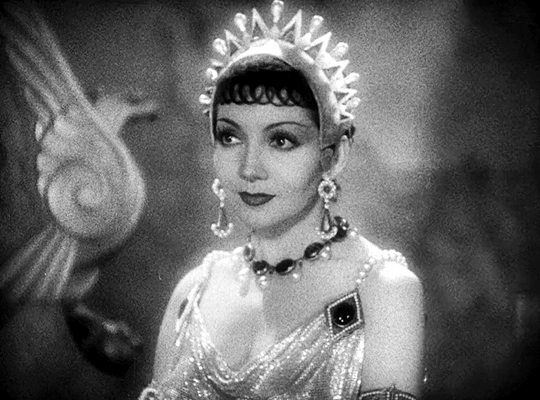
Fredric March and Claudette Colbert in The Sign of the Cross (1932)
3K notes
·
View notes
Text

Bette Davis with U.S. soldiers at the Hollywood Canteen.
Happy Veteran's Day! 🇺🇸
5 notes
·
View notes
Text








🎃 MOTIONPICTURESOURCE’S 2024 HALLOWEEN CELEBRATION 🎃
THE SKELETON DANCE (1929) dir. Walt Disney
1K notes
·
View notes
Text




John Dall and Farley Granger ROPE (1948) dir. Alfred Hitchcock

922 notes
·
View notes
Text

Jimmy Carter married Rosalynn Smith on July 7, 1946 when he was 21 and she was 18. But they knew each other for as long as Rosalynn was alive; she lived down the road in their hometown of Plains, Ga., and was a frequent playmate of Carter's little sister Ruth.
126 notes
·
View notes

